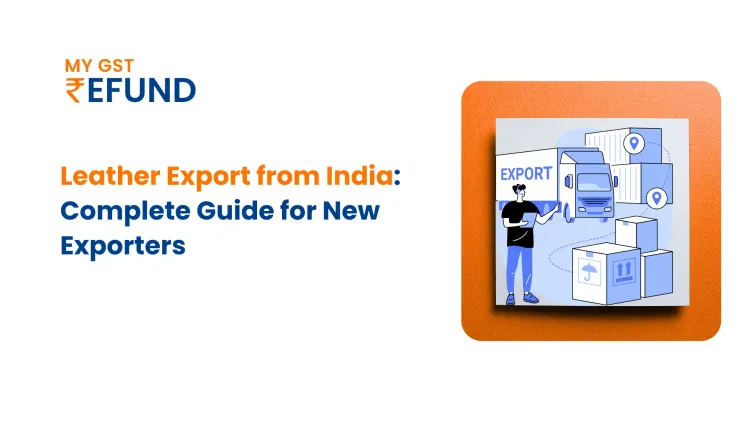New 40% GST Slab Hits Sin Goods and Premium Vehicles:
Published on: Fri Sep 05 2025
Bio (Reveal/Hide)

GST Council: Cuts Tax on Small Cars, Bikes (≤350 cc) & Three-Wheelers Get Cheaper to 18% GST Slab
GST Council has also lowered vehicle duties, cutting GST on small cars, motorcycles with a displacement below 350 cc, and three-wheelers to 18% (from 28%), from September 22, 2025, right before the festive season. On the other hand, luxury automobiles and motorcycles over 350 cc have been shifted to a new 40% GST slab, making the tax process easier and increasing the affordability of entry-level vehicles.
New GST 2.0 rates in India: effective from September 22, 2025, and how they impact you:
Ahead of the festive season, the Narendra Modi-led central government has announced a reduction in GST rates, giving a great Diwali gift to the citizens, and now the prices of many essential items will come down. This is also advantageous for buyers of cars, bikes, scooters, and other types of vehicles.
On what types of vehicles has the GST rate been reduced, and by how much?
Your next car or bike just got cheaper! The GST Council has cut taxes on small cars, bikes up to 350cc, and three-wheelers to 18%, down from 28%. Kicking in from September 22, 2025, this festive-season gift will make entry-level rides more affordable, even as luxury cars and big bikes move into a steep new 40% slab, but will still attract a lesser tax.
Simplified GST Slabs: What’s Where?
The GST structure has been streamlined into two main tax rates, plus a special 40% “sin and luxury” slab:
- 5% – For essential items like basic staples, select medicines, and certain agricultural products.
- 18% – For most everyday goods and services: small cars, mass-market two-wheelers (≤ 350 cc), electronics (TVs, ACs), auto components, and more.
- 40% – A new high-slash rate for luxury and "sin" goods such as high-end vehicles, premium motorcycles (>350 cc), pan masala, and sugary drinks.
What Moves To The 40% Slab?
The central government has also reduced the total GST and cess rate of 31% on diesel cars with up to 1500 cc engines and measuring under 4 meters to just 18%. As a result, buying SUVs such as the Mahindra Nexon, Hyundai Venue, Tata XUV 3XO, and Sonet, among others, has become more affordable.
- A new 40% slab for luxury and sin items has been introduced by the council. Earlier, the over tax inclusive (40% Gst+ 10 % cess)-Net 50 %
- Motorcycles with engine sizes above 350cc, like KTM Duke 390, Triumph Speed 400, and more.
The government has raised the GST on motorcycles over 350cc from 31% to 40%, which is terrible news for people who want more powerful bikes. Customers who purchase high-end motorcycles from companies like Royal Enfield, KTM, and Triumph will be more burdened as a result.
Famous Indian Motorcycles Over 350cc
1. Royal Enfield Segment (Retro/Classics)
Hunter 350 – 349 cc (just under 350 but worth mentioning)
Classic 350 – Iconic look,
Himalayan 450 – Adventure-ready 452 cc engine
2. Modern Cruisers & Classics
Benelli Imperiale 400 – 374 cc relaxed cruiser,
3. Performance-oriented Singles (KTM Series)
KTM 390 Duke – Naked streetfighter, 399 cc
KTM RC 390 – Faired sportbike, 373 cc
KTM 390 Adventure – Adventure variant, 398 cc
4. Triumph & Royal Enfield Twins
Triumph Scrambler 400 X – 398 cc single
Newly released Triumph Thruxton 400 Cafe Racer: 400cc cafe racer
Royal Enfield Interceptor 650-648cc parallel-twin vintage
5. Adventure-Touring
The Royal Enfield Himalayan 452 is an adventure-focused
Will Motorcycles with engine capacities above 350 cc become more expensive?
Motorcycles above 350 cc have been reclassified under luxury or “sin” items and are now subject to a steep 40% GST, up from around 31% (28% GST + 3% cess). This will see to a noticeable increase in ex-showroom prices for premium bikes.
Motorcycles that are up to 350cc, like the Royal Enfield Bullet and the Royal Enfield Classic 350.
Main Factors for Your Bike Purchase Decision
Above-350 cc bikes face ~9% gross tax hike- a direct cost impact that can influence purchasing timelines.
Your pricing strategy:
- Buy before 22 Sep 2025? You lock in current, lower GST (31%).
- Buy after that date? Expect the +40% GST sticker.
How the new GST 2.0 regime will help the industry and exporters
1. Automated, Risk-Based Refunds (90% Upfront)
As of November 1, 2025, the GST Council has brought in an auto risk-based system where 90% of refund claims, both for exporters (zero-rated supplies) and IDSM-affected businesses, are auto-approved unless brought to attention. This provides quicker access to funds, minimizing cash flow blockages.
2. Faster Export Refunds for Small Claims
The Council has also mandated expedited processing for export refund claims below ₹1,000, enabling the clearance of around 150,000 pending shipping bills. This move specifically aids smaller exporters in avoiding unnecessary delays.
3. Automated IGST Refunds via ICEGATE
Under the new regime, Integrated GST (IGST) refunds are directly linked to shipping bill details and GST returns via the ICEGATE portal. This automatic cross-verification process drastically reduces paperwork and timelines-exports are cleared within a week, compared to nearly 90 days through prior methods.
4. Enhanced Ease of Doing Business
These upgrades not only release working capital but also introduce financial predictability and certainty. As per industry experts, this will position Indian exporters more favorably in overseas markets as well as ease compliance, especially for MSMEs.
5. Wider Structural Gains from GST 2.0
Aside from simplified refunds, GST 2.0 also reduced tax slabs (5% and 18%), did away with multiple rates, and eliminated procedural complexity-increasing overall business confidence and growth prospects.
Frequently Asked Questions on GST 2.0 for Vehicles
Q1. Does GST 2.0 cover electric bikes?
Yes -GST 2.0 keeps the GST rate of 5% on scooters and electric bikes, just like before. This is also keeping up with India's push for green mobility and offering equal tax relief to EV purchasers.
Q2. Can GST be refunded on a two-wheeler?
No, in general. GST paid on two-wheeler purchases cannot be availed as GST refund or Input Tax Credit (ITC) except under a special circumstance- such as the two-wheeler being registered in a firm name and utilized solely for business, passenger transport, or resale.
Q3. Can we claim GST refund on a four-wheeler?
No-GST paid on most of the four-wheeler purchases is also not eligible for ITC under Section 17(5) of the CGST Act, 2017. Exceptions are limited to extraordinary circumstances only, e.g., where the vehicle is utilized for specific business activities (e.g., transportation services), but not for an ordinary purchase.
Related Posts





